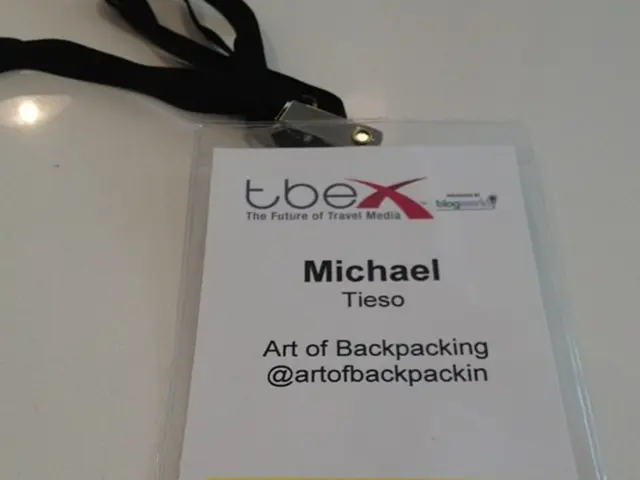Enhancing Productivity Through Time Management: Validated Methods and Top Tips
In today's fast-paced business environment, maximising productivity and efficiency is essential for success. Here, we explore a range of well-established methods that can help you streamline your workflow and achieve more in less time.
One such technique is the Pomodoro Technique, which involves working in focused intervals of approximately 25 minutes, known as "pomodoros", followed by short breaks. This method helps maintain concentration, reduces mental fatigue, and boosts productivity and creativity throughout the day.
Another strategy is Time Blocking, which involves scheduling dedicated blocks of time for specific tasks or groups of tasks. By protecting these blocks from interruptions, employees can minimise distractions and improve focus, also helping in visualising workloads and prioritising effectively.
Task Batching, the grouping of similar tasks together, is another effective method for optimising workflow. By handling all emails within a set time, for example, employees can avoid the inefficiency of context switching and complete tasks faster with less cognitive load.
The Eisenhower Matrix is another useful tool for prioritising tasks based on their urgency and importance. By categorising tasks into urgent/important quadrants, employees can focus on what truly matters and avoid burnout from less critical activities.
Reducing meetings is another key strategy for enhancing efficiency. Limiting unnecessary or poorly-planned meetings preserves time for deep work and reduces fragmentation of attention during the workday. This is particularly true when combined with time blocking and scheduling focus time as busy.
Automating tasks using technology is another way to save time and free employees to focus on higher-value work. Delegating tasks to others that do not require your specific expertise can also increase overall team efficiency, allowing you to focus on more strategic work.
Avoiding multitasking and focusing on one task at a time improves quality and reduces errors. Techniques like Pomodoro help enforce this single-task focus.
Implementing these strategies together can greatly enhance workplace efficiency by optimising focus, reducing distractions, and ensuring time is spent on the highest priority activities.
Calculating the time efficiency formula provides a percentage or score that represents how efficiently a process is completed. For example, in Scenario B, where 6 hours were spent and 1000 words were produced, the time efficiency score was 36%. This score is calculated using the formula: (input / output) x 100.
In Scenario B, the time efficiency formula used was (6 hours / 1000 words) x 100, resulting in a score of 36%. This score indicates that, in this scenario, the process was relatively efficient compared to Scenario A.
Tools like Grammarly, Forest, and Hubstaff can also help in maximising productivity. Grammarly is a grammar checker that can be added to Chrome to inspect writing for spelling, grammar, and punctuation issues. Forest is a productivity add-on that limits time spent on time-wasting websites. Hubstaff Insights can help identify and reduce unnecessary meetings by tracking how much time a team spends in meetings compared to their total work hours.
Recently, Shopify made headlines by announcing they cancelled all recurring meetings with more than two people and created a "no-meeting Wednesday" rule. Anequim, a remote team of 1000, saved hours each week on time tracking and payroll by automating their workforce management with Hubstaff.
The time efficiency formula can be adjusted based on unique goals and metrics for a specific situation. For example, if the work involves creating products, the output could be the number of products created. If the work involves writing articles, the output could be the number of words written or the number of articles produced.
By implementing these strategies and tools, you can significantly improve your productivity and efficiency in the workplace, ultimately leading to greater success.
- For better productivity, consider integrating Hubstaff into your workforce management, as it helps track time spent in meetings and identifies time-wasting areas, potentially saving hours each week.
- The Pomodoro Technique, a time management method, involves working in focused intervals, followed by short breaks, boosting productivity and creativity throughout the day.
- The blog of Hubstaff might offer insightful content on education-and-self-development and personal-growth topics, aimed at driving technological advancements in the business sector, particularly in workforce management and time tracking.
- The business landscape benefits from strategies like the Eisenhower Matrix, which helps prioritize tasks based on urgency and importance, allowing employees to focus on critical work and avoid burnout.
- Achieving maximum productivity often involves minimizing distractions and reducing fragmentation of attention, such as eliminating unnecessary meetings, a strategy that was successfully adopted by both Shopify and Anequim.




